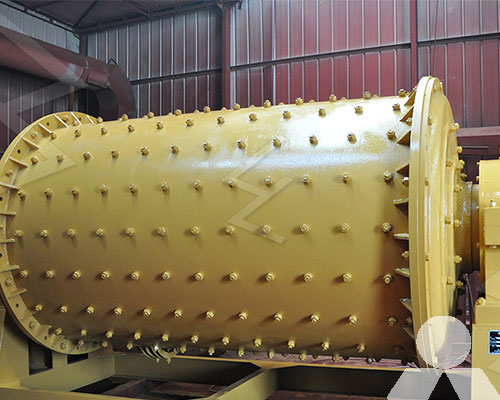Wiki
Last Updated :2023-06-27 Views:374
Factors that affect of grinding fineness of ball mill
Several factors can influence the grinding fineness of a ball mill. Here are some important ones:

- 1.Ore Hardness: The hardness of the ore being processed is a crucial factor affecting grinding fineness. Harder ores require more energy to grind and may result in coarser product sizes.
- 2.Feed Size: The size of the material fed into the ball mill plays a significant role in determining the fineness of the grinding. Finer feed particles tend to produce finer product sizes, while coarser feed particles result in a coarser product.
- 3.Mill Speed: The rotational speed of the ball mill affects the impact and grinding actions within the mill. Higher mill speeds generally lead to finer grinding because there is more energy available for particle breakage.
- 4.Grinding Media: The type, size, and quantity of grinding media (balls or cylpebs) in the mill can influence the grinding fineness. Different media have different impact and grinding mechanisms, which can affect the product size distribution.
- 5.Mill Residence Time: The amount of time the material spends inside the mill is known as the residence time. Longer residence times generally lead to finer grinding as more grinding and particle breakage occur.
- 6.Milling Environment: The conditions inside the mill, such as temperature, humidity, and ventilation, can impact the grinding fineness. These factors can affect the flowability and agglomeration of the material being ground.
- 7.Mill Design and Operation: The design and operation of the ball mill, including the liner design, discharge arrangement, and classification system, can influence the grinding fineness. Proper mill setup and control are important to optimize the grinding process.
- 8.Grinding Aids: The use of grinding aids, such as chemicals or additives, can improve the grinding efficiency and fineness. These aids can reduce agglomeration, increase the mill throughput, and enhance the overall grinding performance.
- 9.Circulating Load: The amount of material circulating in the mill, often referred to as the circulating load, affects the grinding fineness. Higher circulating loads can result in finer grinding due to increased material retention and repeated grinding.
- 10.Milling Time: The duration of the milling process can impact the grinding fineness. Longer milling times allow for more particle breakage and can result in finer product sizes.
It’s important to note that these factors are interconnected and can interact with each other. Optimal grinding fineness is typically achieved through a combination of adjusting these factors to suit the specific ore characteristics and desired product requirements.









